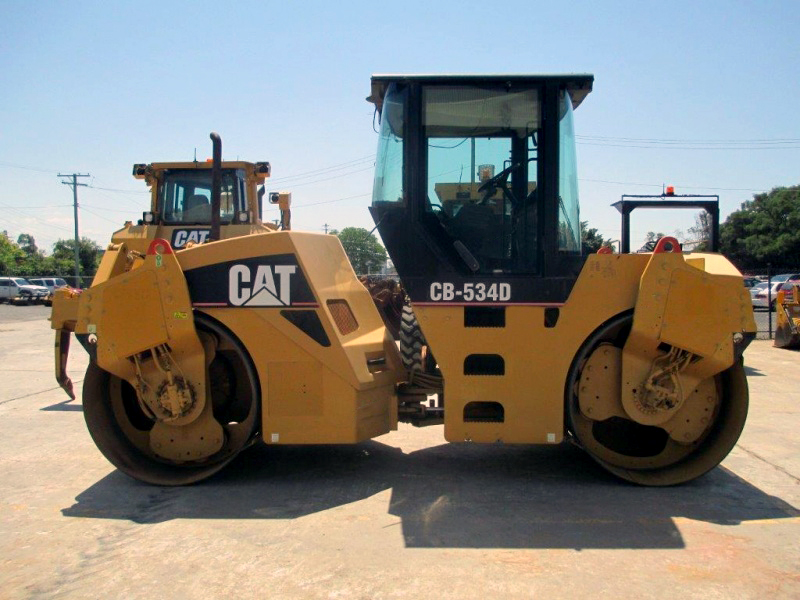Road rollers are heavy equipment primarily used to compact surfaces, including soil, concrete, asphalt, and gravel, among many others. They are mainly used in construction, agriculture, and landfill sites. Six main types of road rollers are available and each is designed for specific applications.
1. Sheepsfoot roller
Also known as a tamping roller, the sheepsfoot roller is characterised by a drum with various rectangular or round bulges (feet). It is possible to fill the drum with damp sand or water to increase its weight. It’s mainly used in the compaction of cohesive soils like clay. It does, however, not work well with sandy soils.
2. Cylindrical roller
It is the most common and widely recognised road roller. It has a drum made of either iron, stone, or concrete, and can be drawn using animals, vehicles, or by hand. Cylindrical rollers are used for basic tasks like compacting soil.
3. Vibratory roller
A vibratory roller usually has one or two wheels and is used to smooth surfaces. It has an eccentric shaft inside that generates vibrations. It’s mostly used for compressing granular base coarse but is sometimes useful for compacting asphaltic concrete.
4. Pneumatic tyred roller
It is fitted with a heavy loaded wagon containing various rows of four to six tyres close to each other and is sometimes referred to as the rubber-tyred roller. It is effective in compressing:
• soft base coarse materials
• layers of loose soil
• cold laid bituminous pavements
• nearly dry fine-grained cohesive soil
• closely graded sands
5. Grid roller
It has a drum with a heavy cylindrical steel surface with an interconnection of steel bars forming a grid with square holes. Concrete blocks are often used to ballast the roller. It is mainly a towed unit that offers high contact pressure without much kneading action. It’s useful for consolidating weathered rocks and well-graded coarse soils, mostly in sub-base and subgrade road projects. It’s ineffective when dealing with uniform soils or clay-based soils.
6. Smooth-wheeled roller
It has a large steel drum in the front and may have two additional drums on the rear. Tandem rollers are a version of smooth-wheeled rollers with only one drum at the rear. Three-wheeled rollers have two drums at the back. Filling its drum with wet sand or water helps to increase its weight. Smooth-wheeled rollers are useful for stone soling, surface dressing, and compacting sand, gravel, ballast and hard cores. They are ineffective for compressing soft sub-grades or embankments.
Knowing the kinds of road rollers available will help you determine which one best suits a project. Once you’ve determined the type of roller you want, deciding between getting new or used road rollers for sale is a critical financial decision. Even if you have the funds, brand new road rollers may be unnecessarily expensive, particularly if you have a tight budget. You can find used road rollers for sale with the benefits of avoiding the initial depreciation of the machine, lower costs, lower insurance, and warranties.


 1400 Broadfield Blvd, Houston, TX 77084,
USA.
1400 Broadfield Blvd, Houston, TX 77084,
USA. omer@my-equipment.com
omer@my-equipment.com